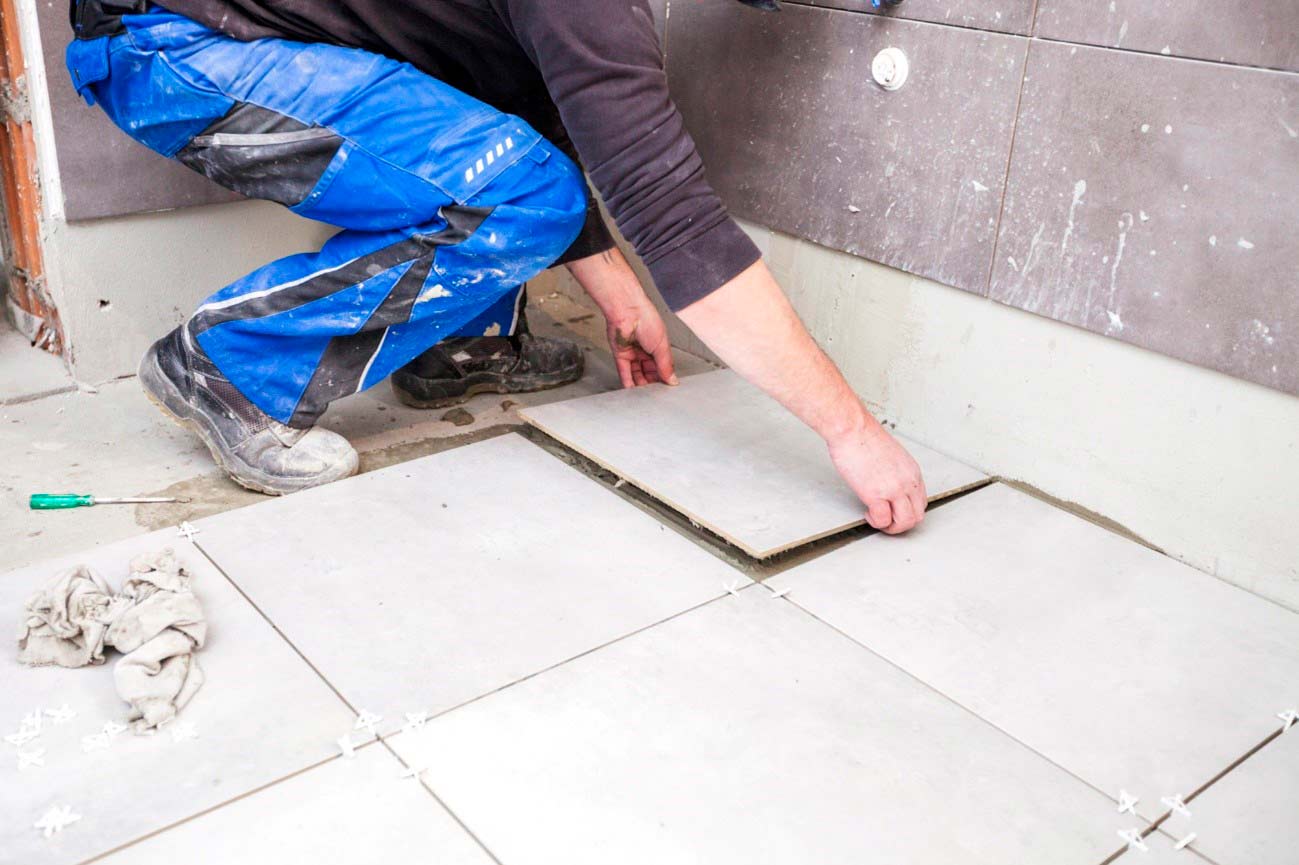

Articles
How Much To Tile Bathroom Floor
Modified: December 7, 2023
Looking for articles on how much it costs to tile a bathroom floor? Discover expert tips and estimates to help you budget for your project.
(Many of the links in this article redirect to a specific reviewed product. Your purchase of these products through affiliate links helps to generate commission for Storables.com, at no extra cost. Learn more)
Introduction
Tiling the bathroom floor is a popular choice for homeowners looking to enhance the aesthetics and functionality of their bathrooms. Not only does it provide a clean and polished look, but it also offers durability and easy maintenance. However, before diving into the project, it’s essential to consider various factors to ensure a successful tiling experience.
In this article, we will explore the factors to consider before tiling a bathroom floor, the average cost of bathroom floor tiling, cost breakdown of materials and labor, additional costs to consider, and some tips to save money along the way.
So, if you’re planning to revamp your bathroom floor and wondering how much it will cost, read on to learn more about the pricing and various elements that can impact the overall cost of tiling.
Key Takeaways:
- Tiling a bathroom floor costs an average of $1,000 to $4,000, including materials and labor. Factors like tile material, design complexity, and additional expenses can impact the overall cost.
- To save money on your tiling project, consider standard-sized ceramic or porcelain tiles, shop locally, and reuse existing fixtures. Thorough research and DIY where possible can also help stay within budget.
Read more: How Much To Tile A Floor
Factors to Consider before Tiling a Bathroom Floor
Tiling a bathroom floor is not a decision to be taken lightly. It requires careful planning and consideration of several factors to ensure a successful and long-lasting result. Here are some important factors to keep in mind before starting your bathroom floor tiling project:
- Design and Style: Determine the desired design and style of your bathroom floor. Consider factors such as the size and shape of tiles, color palette, and patterns. It’s essential to choose a design that complements the overall aesthetics of your bathroom.
- Waterproofing: Bathrooms are prone to moisture and water splashes, so it’s crucial to ensure proper waterproofing before installing tiles. This includes using a waterproofing membrane or applying a waterproof coating to protect the subfloor from water damage.
- Subfloor Preparation: Prepare the subfloor before tiling to ensure a smooth and level surface. Remove any existing flooring material and repair any damages or uneven areas. A well-prepared subfloor is essential for proper tile adhesion and prevents future issues such as cracking or shifting.
- Tile Material and Durability: Choose the right tile material based on its durability and resistance to moisture. Ceramic and porcelain tiles are popular choices for bathroom floors due to their water resistance and durability. However, if you prefer a natural look, consider options like stone or marble tiles, but keep in mind they may require more maintenance.
- Grout and Sealant: Select the appropriate grout color and type that complements your tile choice. Additionally, applying a high-quality sealant after grouting is crucial to protect the grout and tiles from staining and water penetration.
- Budget: Set a realistic budget for your bathroom floor tiling project. Take into account the cost of materials, labor, and any additional expenses such as tool rentals or professional consultations. It’s important to allocate enough funds to ensure a quality installation without compromising on the desired outcome.
- Timeline: Consider the timeframe for your tiling project. Factors such as the size of the bathroom, the complexity of the design, and the availability of materials and labor can impact the timeline. Plan accordingly and allow for any unexpected delays to avoid rushed or incomplete installations.
By carefully considering these factors, you can ensure a successful bathroom floor tiling project that meets your design preferences, durability requirements, and budget constraints. Now that we have explored the important factors to consider, let’s move on to discuss the average cost of bathroom floor tiling.
Average Cost of Bathroom Floor Tiling
The cost of tiling a bathroom floor can vary depending on several factors, such as the size of the bathroom, choice of tile material, complexity of the design, and region. However, to give you a general idea, the average cost of bathroom floor tiling ranges from $1,000 to $4,000.
It’s important to note that this estimate includes both the cost of materials and labor. The cost of materials typically includes the tiles, adhesive, grout, and any necessary tile accessories such as trim or transition pieces. On the other hand, the labor cost will vary based on the complexity of the installation and the contractor’s rates.
The cost per square foot for bathroom floor tiling typically ranges from $10 to $25. This range can increase if you choose more expensive tile materials or opt for intricate patterns and designs. Additionally, factors like removing existing flooring, preparing the subfloor, and any necessary waterproofing can also impact the overall cost.
Keep in mind that these figures are rough estimations, and it’s always a good idea to obtain quotes from reputable contractors in your area for a more accurate assessment. They will have the expertise to evaluate your specific project requirements and provide a detailed breakdown of costs.
Now that we have an idea of the average cost of tiling a bathroom floor, let’s delve into the cost breakdown of materials and labor.
Cost Breakdown of Materials and Labor
When estimating the cost of tiling a bathroom floor, it’s important to understand the breakdown of expenses between materials and labor. This will give you a clearer picture of where your budget is allocated. Here’s a breakdown of the typical costs:
- Tile Materials: The cost of tile materials can range from $1 to $30 per square foot. This price variation depends on the type of tile chosen, such as ceramic, porcelain, stone, or marble. Higher-end materials will naturally be more expensive. Additionally, consider the size and pattern of the tiles, as intricate designs or larger sizes may come at a premium cost.
- Adhesive and Grout: Adhesive and grout are essential for the installation of tiles. The cost of these materials can range from $0.25 to $3 per square foot. The exact amount will depend on the type and quality of the adhesive and grout chosen. It’s important not to skimp on these materials, as they contribute to the overall durability and longevity of the tile installation.
- Tile Accessories: Depending on the design and specific requirements of your bathroom floor, you may need additional tile accessories, such as trim pieces, edging, or transition strips. These accessories can range in price from $1 to $10 per linear foot, depending on the material and complexity of the design.
- Labor Costs: The cost of labor for tiling a bathroom floor will depend on the complexity of the design, the contractor’s rates, and your location. On average, labor costs can range from $4 to $12 per square foot. This price includes the removal of existing flooring, preparation of the subfloor, tile installation, grouting, and cleanup.
It’s worth mentioning that these figures are estimates, and the cost breakdown may vary depending on several factors, including the contractor’s rates in your area and the quality of materials chosen. Obtaining multiple quotes from reputable contractors will give you a better idea of the specific cost breakdown for your bathroom floor tiling project.
Next, let’s discuss some additional costs to consider when planning your bathroom floor tiling project.
When calculating how much tile you need for a bathroom floor, measure the length and width of the room and multiply the two numbers to get the total square footage. Add 10% to account for cuts and waste.
Additional Costs to Consider
When planning a bathroom floor tiling project, it’s essential to consider any additional costs that may arise beyond the basic materials and labor. These costs can vary depending on various factors, such as the specific requirements of your project and the condition of your existing bathroom. Here are some additional costs to keep in mind:
- Subfloor Preparation: If your existing subfloor is damaged, uneven, or requires additional preparation, you may need to hire a professional to address these issues. Subfloor repairs or leveling can incur extra costs and should be factored into your budget.
- Waterproofing: Ensuring proper waterproofing is crucial in bathroom tiling projects to prevent water damage. Waterproofing materials and installation can be an additional expense, especially if your bathroom lacks proper waterproofing measures.
- Tile Removal: If there is existing tile or flooring in your bathroom, the cost of tile removal should be considered. Removing old tiles can be a labor-intensive process, and you may need to hire professionals for efficient and proper removal.
- Tool Rentals: Depending on your level of DIY involvement, you may need to rent specific tools for tile installation, such as a tile cutter, trowel, or wet saw. Rental costs for these tools should be factored into your budget if you don’t already own them.
- Disposal Fees: If you’re removing old tiles or flooring, there may be disposal fees associated with properly disposing of the waste materials. Contact your local waste management facilities to inquire about any applicable fees.
- Additional Repairs: During the tiling process, you may uncover underlying issues that need to be addressed, such as plumbing repairs or fixing damaged subflooring. These additional repairs can add to the overall cost of the project.
It’s important to have a contingency budget for unforeseen expenses that may arise during the project. By considering these additional costs and having a buffer in your budget, you can better prepare for any unexpected circumstances that may arise throughout the bathroom floor tiling process.
Now that we have discussed the additional costs, let’s explore some tips to help you save money on your bathroom floor tiling project.
Read more: How To Lay Tile In Bathroom Floor
Tips to Save Money on Bathroom Floor Tiling
Tiling a bathroom floor doesn’t have to break the bank. With some smart planning and strategic choices, you can save money on your tiling project without compromising on quality. Here are some tips to help you save money:
- Do Your Research: Take the time to research different tile options, materials, and suppliers. Look for discounts or sales, and compare prices from various retailers to find the best deals without compromising on quality.
- Opt for Standard-Sized Tiles: Choosing standard-sized tiles can help reduce costs. Larger or customized tiles tend to be more expensive, both in terms of materials and installation labor. Stick to standard sizes to save money without sacrificing functionality or aesthetics.
- Consider Ceramic or Porcelain Tiles: Ceramic and porcelain tiles are popular choices for bathroom floors due to their durability and affordability. These materials offer a wide range of designs and styles at a lower cost compared to natural stone or marble tiles.
- DIY Where Possible: If you have the necessary skills and time, consider taking on some of the tasks yourself, such as removing the existing flooring or applying grout. However, be cautious about tackling more complex tasks like tile installation if you lack experience, as mistakes can end up costing more to fix.
- Shop Local: Look for local suppliers and contractors. Working with local businesses can help you avoid excessive shipping costs and support your community. Additionally, local suppliers may offer competitive prices to attract customers.
- Get Multiple Quotes: Obtain quotes from different contractors to compare costs and services. Be clear about your budget and project requirements to ensure accurate estimates. Consider factors such as experience, reputation, and customer reviews when selecting a contractor.
- Reuse Existing Fixtures: If your bathroom fixtures, such as sinks or toilets, are in good condition, consider keeping them rather than purchasing new ones. Reusing existing fixtures can save you a significant amount of money, especially if they fit well with the overall design.
- Proper Maintenance: Once your bathroom floor tiling is complete, practice proper maintenance to prolong its lifespan. Regularly clean and inspect the tiles and grout, addressing any issues promptly to avoid costly repairs in the future.
By implementing these cost-saving tips, you can complete your bathroom floor tiling project within your budget while achieving a beautiful and functional result. Now, let’s wrap up our discussion.
Conclusion
Tiling a bathroom floor is a significant undertaking that requires careful planning and consideration. By understanding the various factors involved, you can effectively budget for your project and make informed decisions. Remember to consider the design and style, waterproofing, subfloor preparation, tile material and durability, grout and sealant, budget, and timeline before starting your bathroom floor tiling project.
When it comes to costs, the average cost of bathroom floor tiling typically ranges from $1,000 to $4,000. However, this can vary based on factors such as the size of the bathroom, tile material, complexity of the design, and labor rates in your region.
When considering the cost breakdown, keep in mind that materials, including tiles, adhesive, grout, and accessories, along with labor costs, contribute to the overall budget. Additionally, there may be additional costs to consider such as subfloor preparation, waterproofing, tile removal, tool rentals, disposal fees, and any necessary repairs.
To save money on your bathroom floor tiling project, perform thorough research, opt for standard-sized tiles, consider ceramic or porcelain tiles, do-it-yourself where possible, shop locally, obtain multiple quotes, reuse existing fixtures, and practice proper maintenance.
By following these tips, you can achieve a professional-looking bathroom floor within your budget and create a space that is both beautiful and functional. Whether you choose ceramic, porcelain, or any other type of tile, the key is to plan carefully and make informed choices throughout the project.
Now that you have a better understanding of the factors to consider, the average cost, cost breakdown, additional expenses, and tips to save money, you are well-equipped to tackle your bathroom floor tiling project with confidence. Enjoy the process and the transformation of your bathroom as you create a space that reflects your personal style and enhances your home.
Frequently Asked Questions about How Much To Tile Bathroom Floor
Was this page helpful?
At Storables.com, we guarantee accurate and reliable information. Our content, validated by Expert Board Contributors, is crafted following stringent Editorial Policies. We're committed to providing you with well-researched, expert-backed insights for all your informational needs.
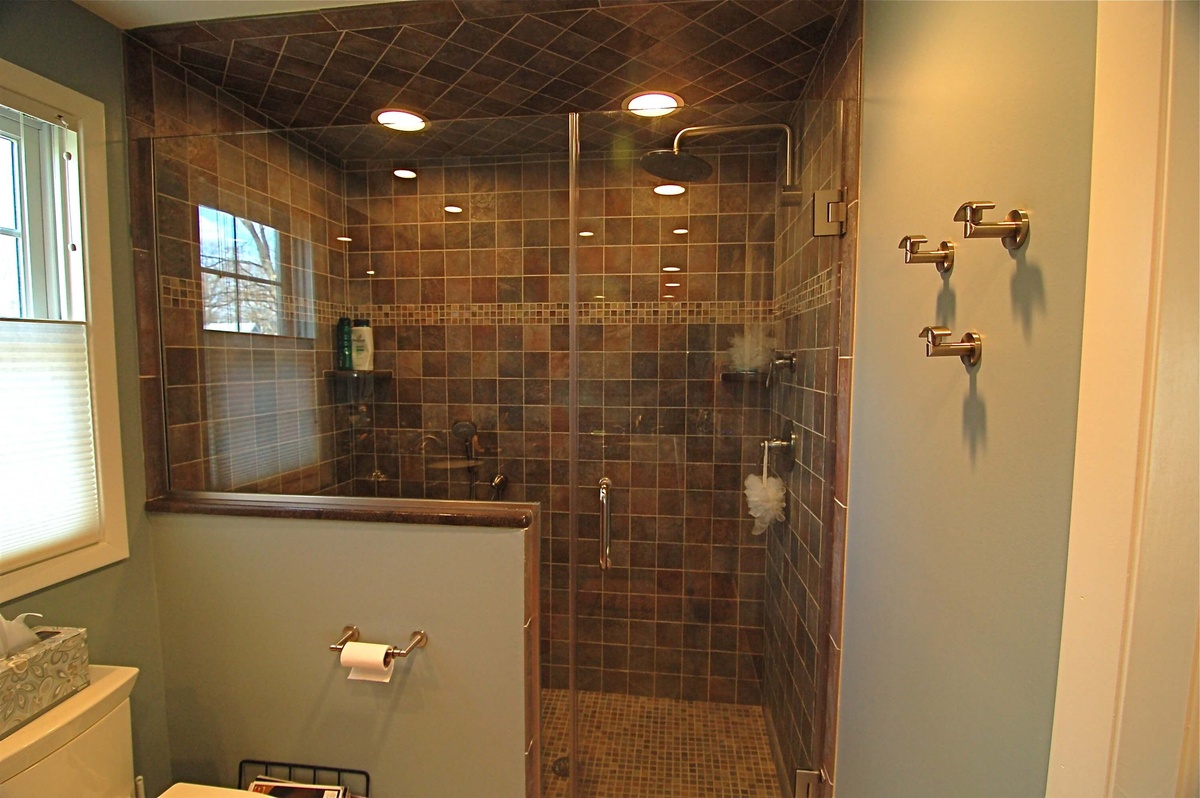
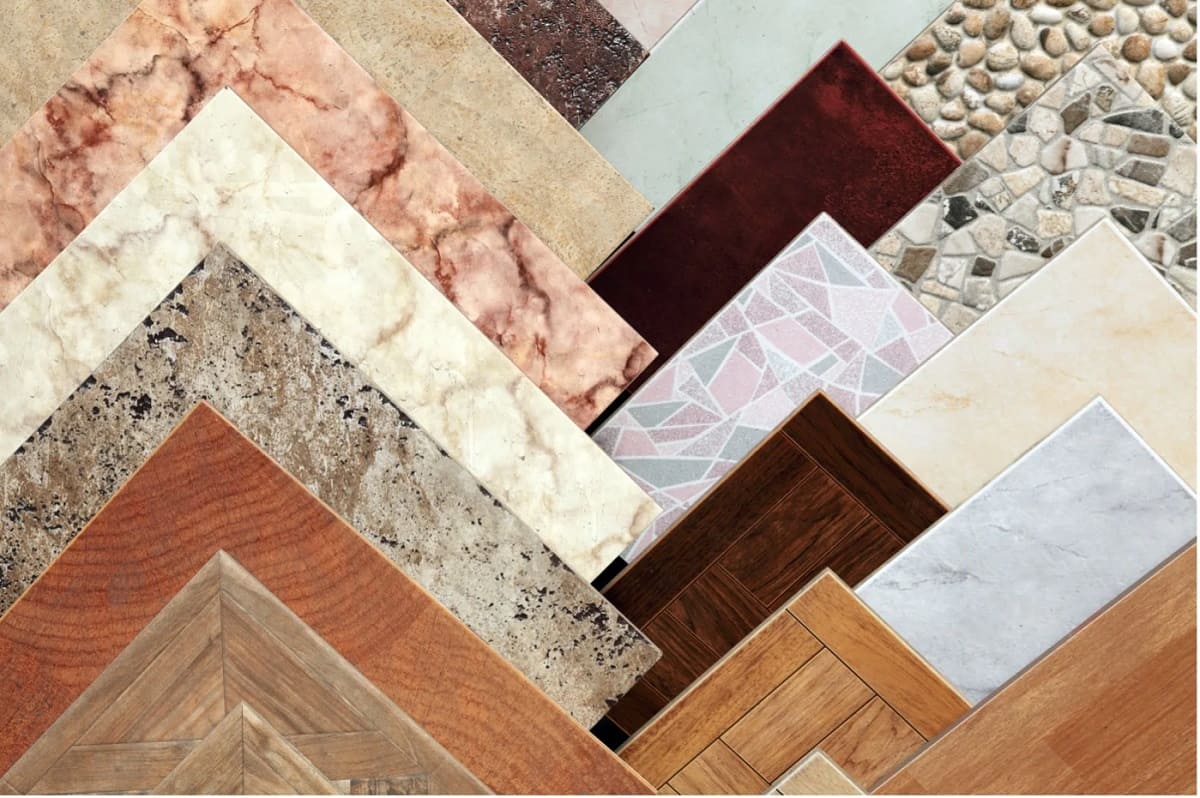
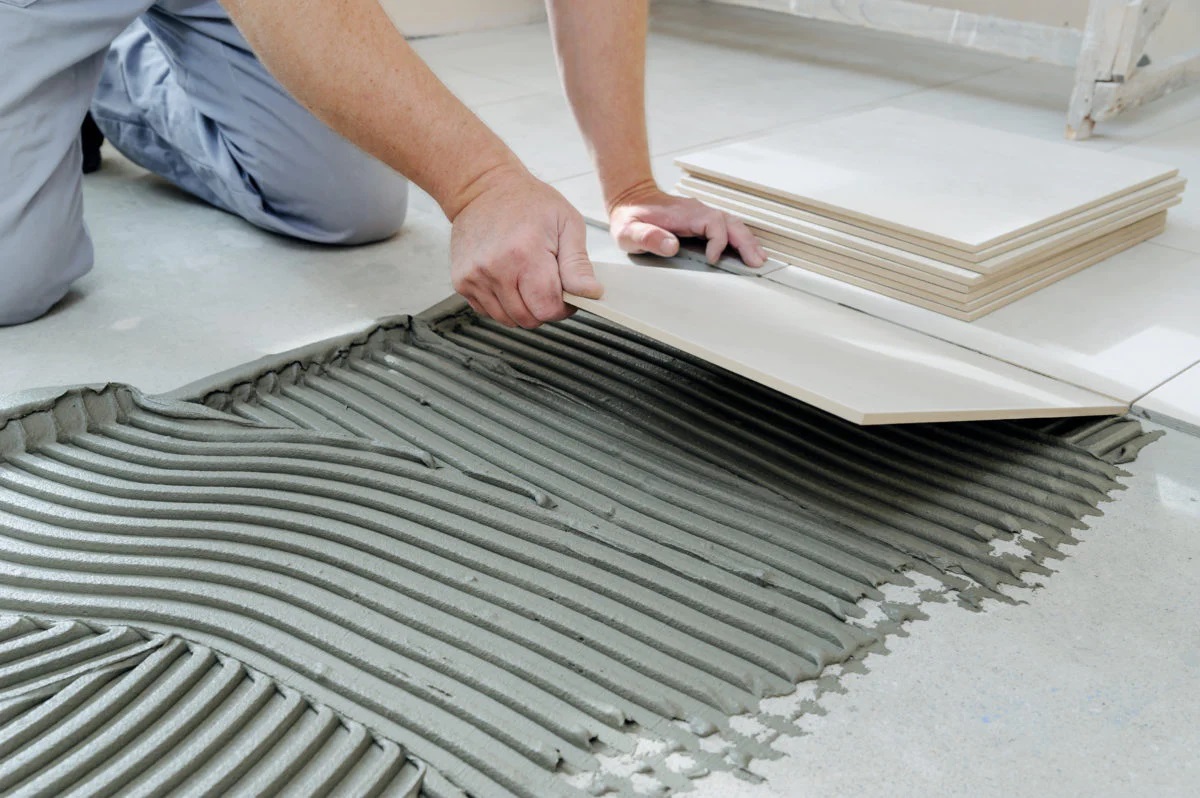
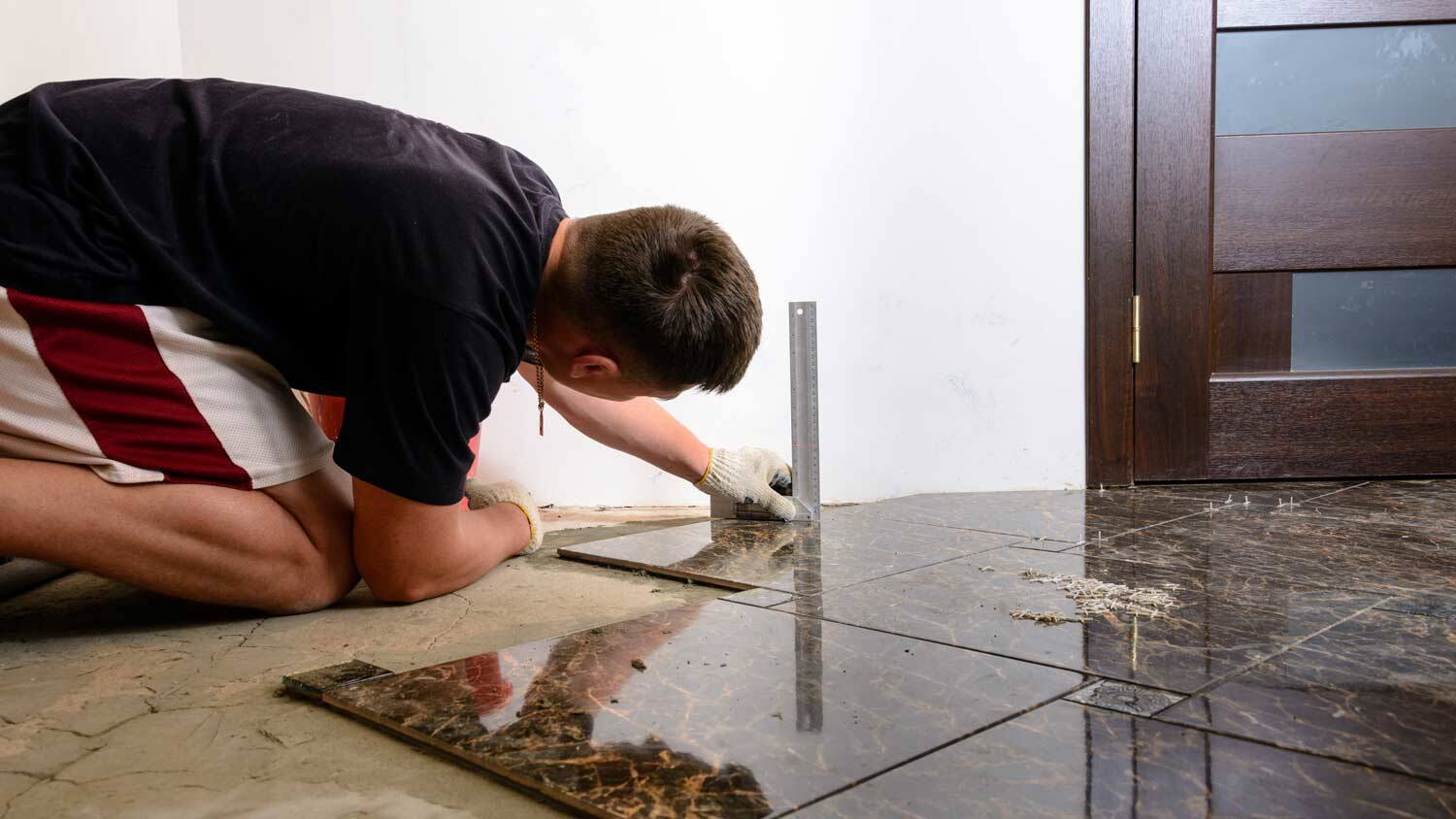
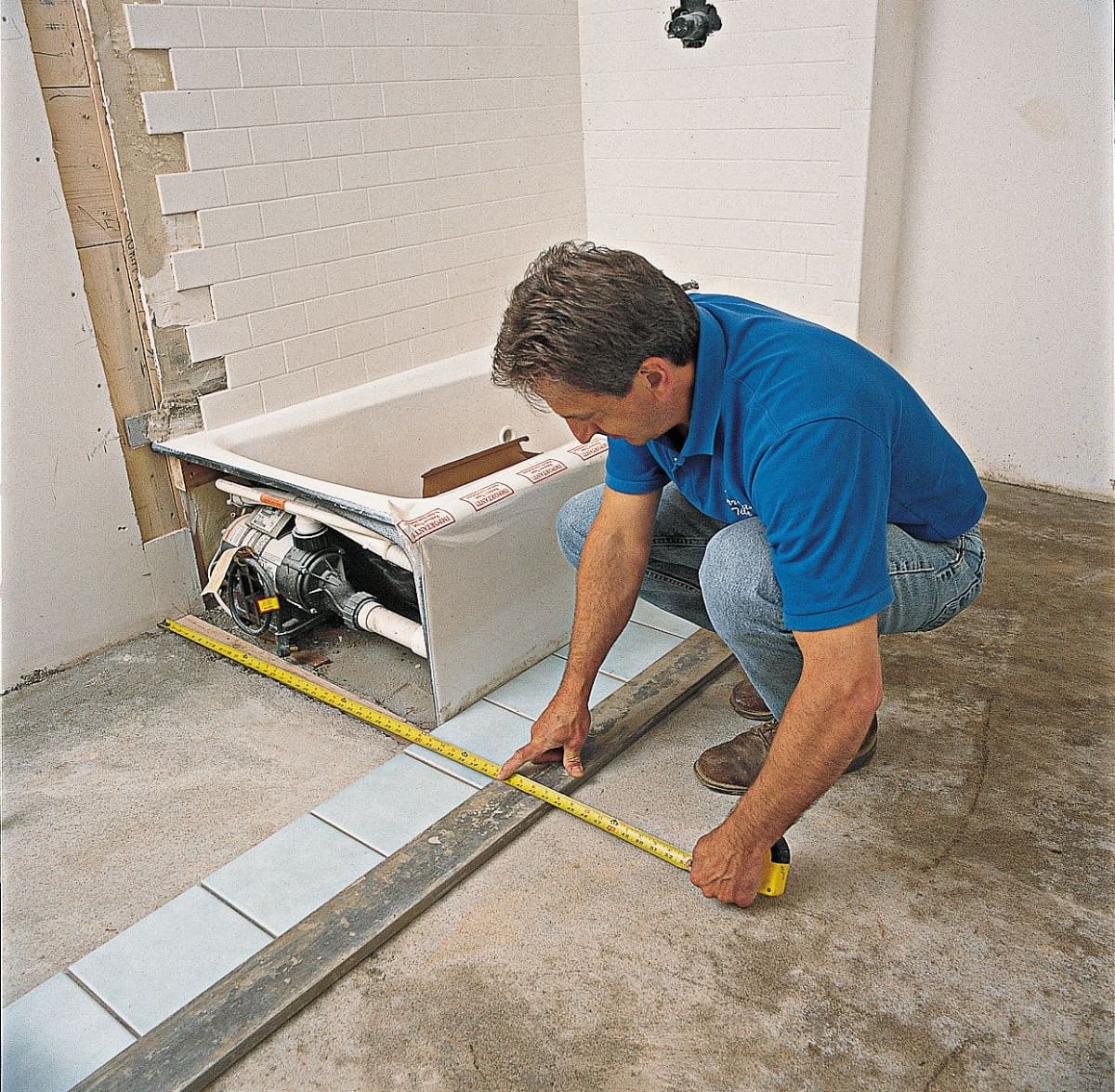
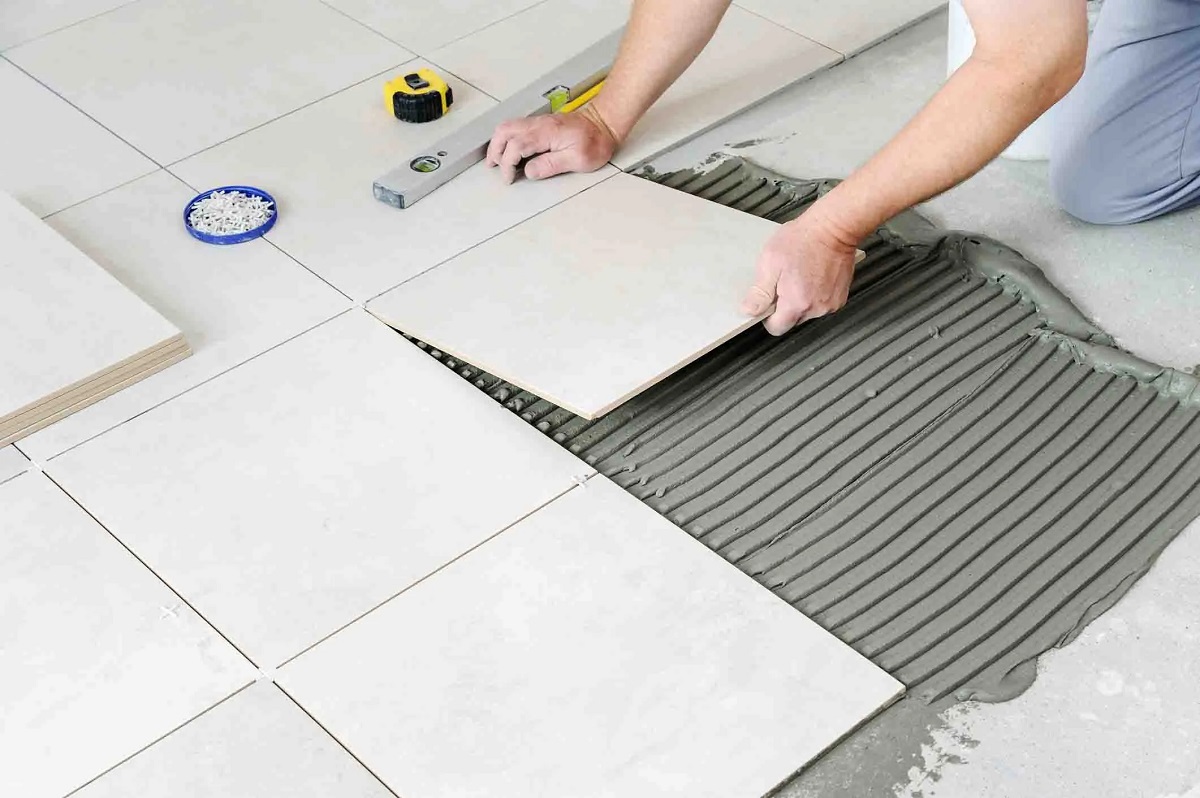
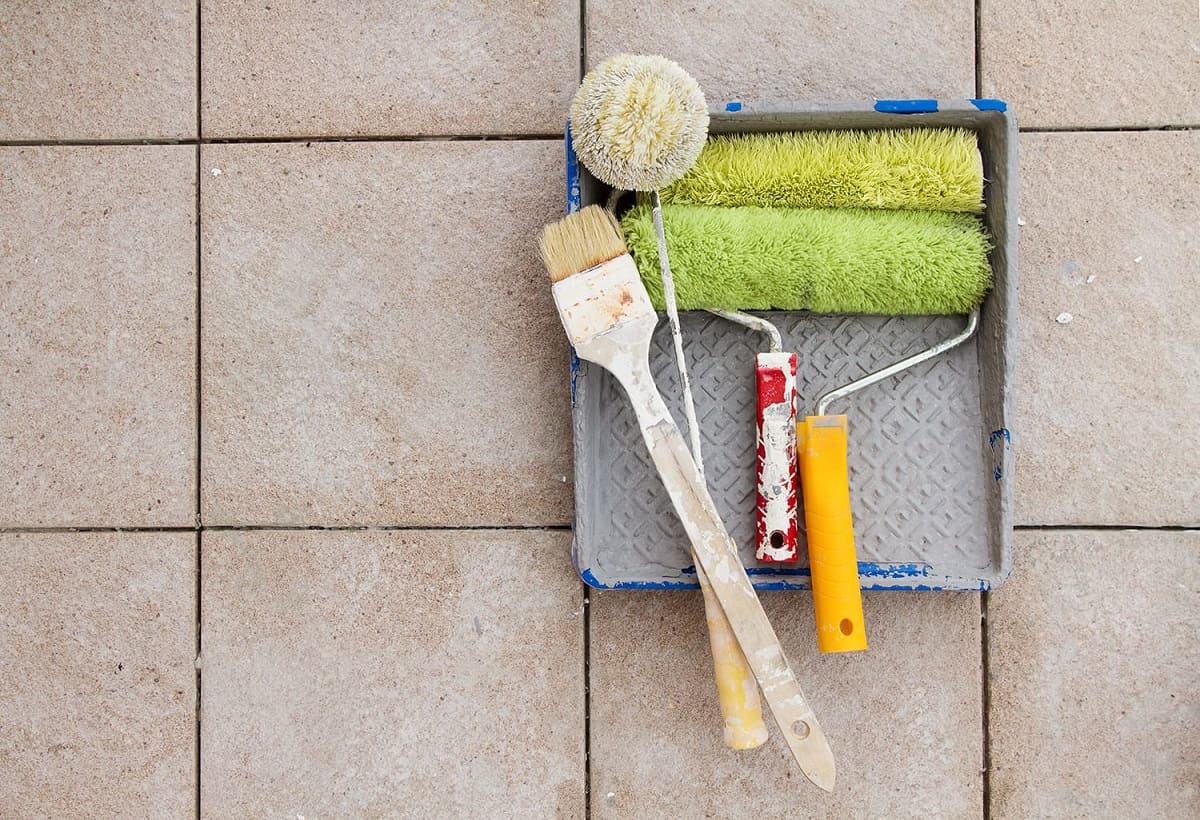
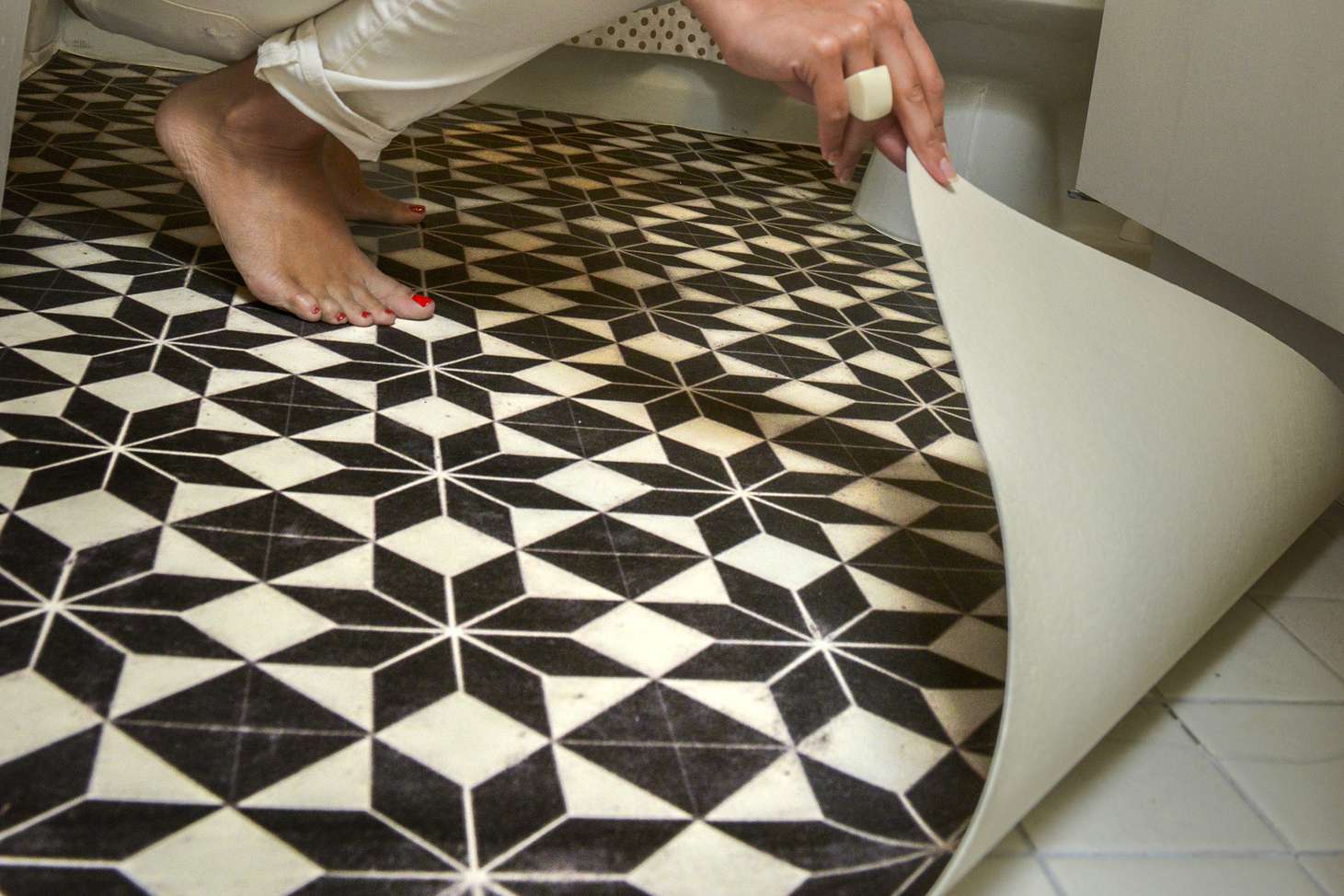
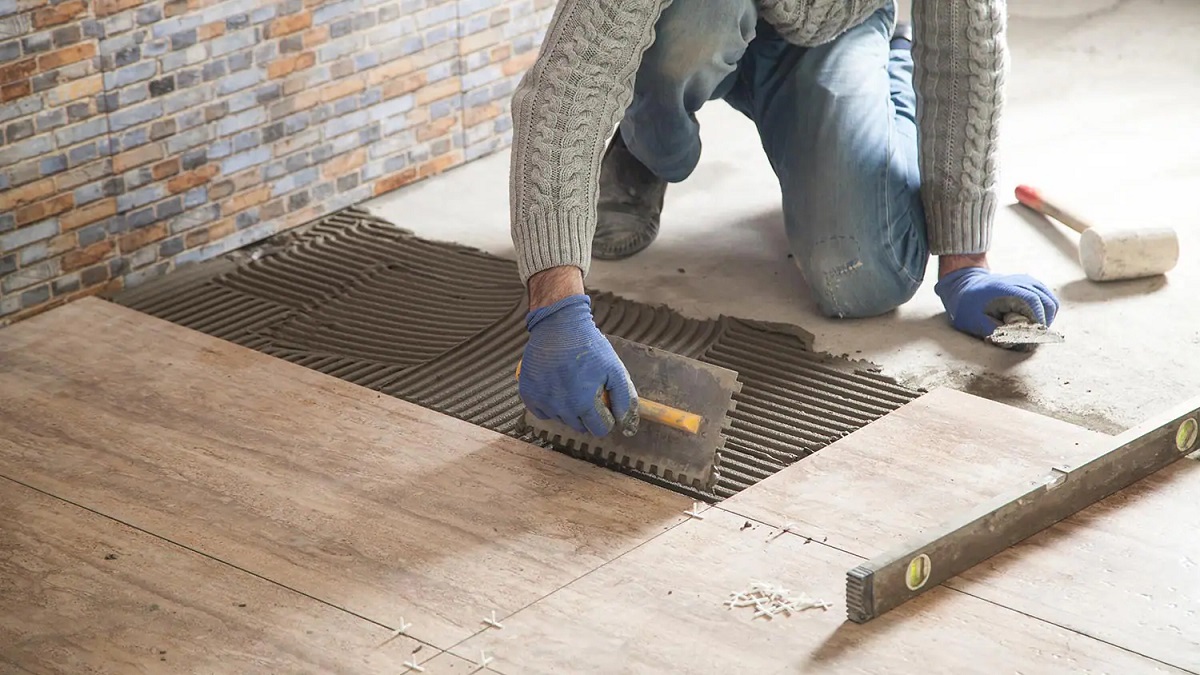
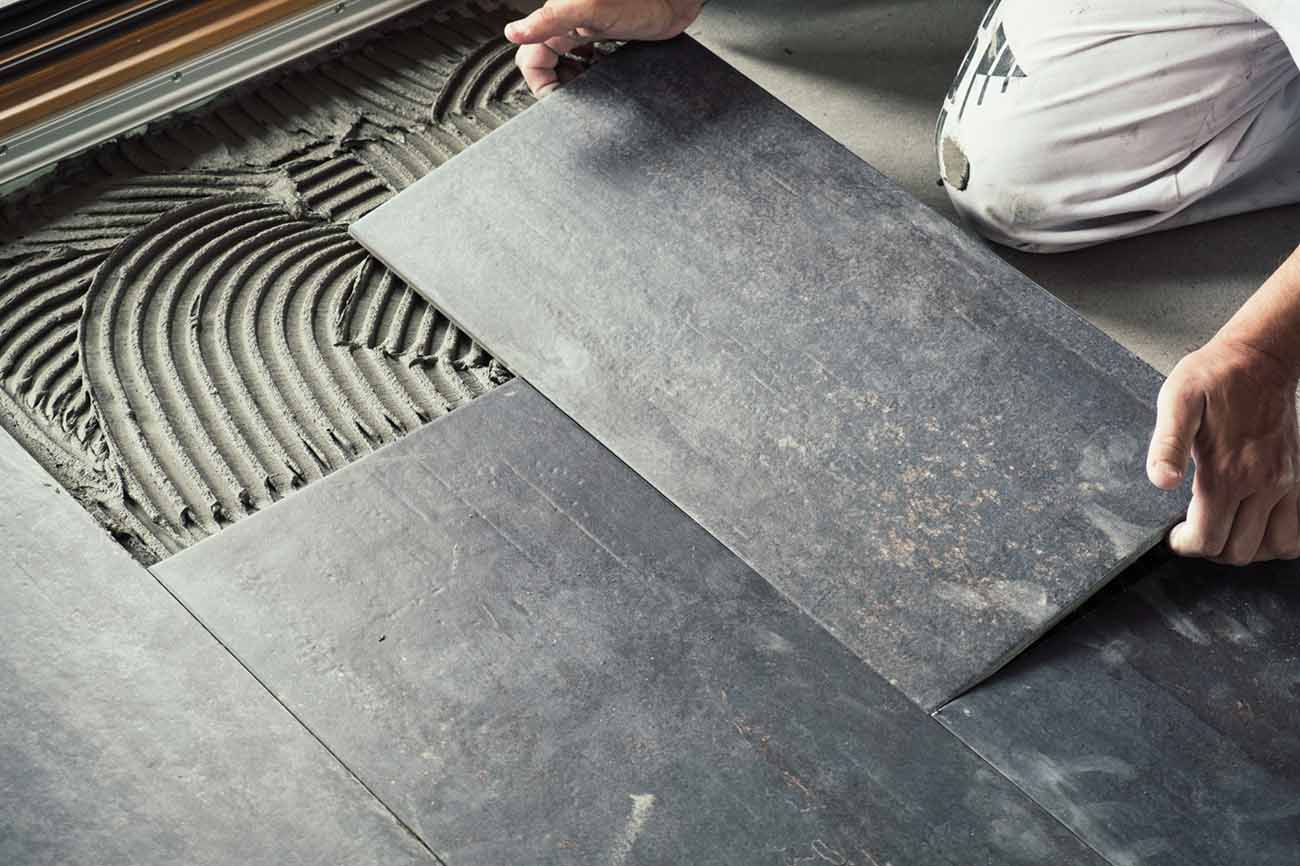
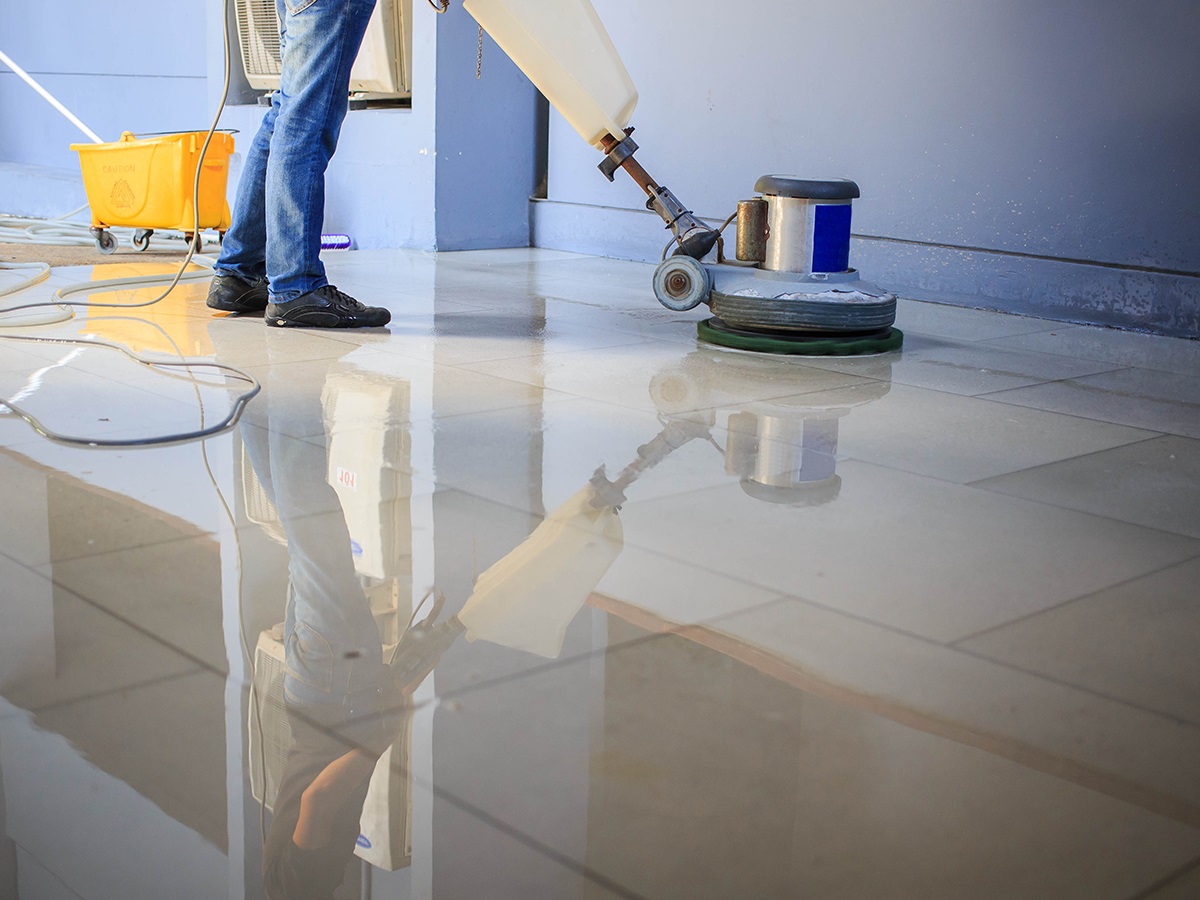
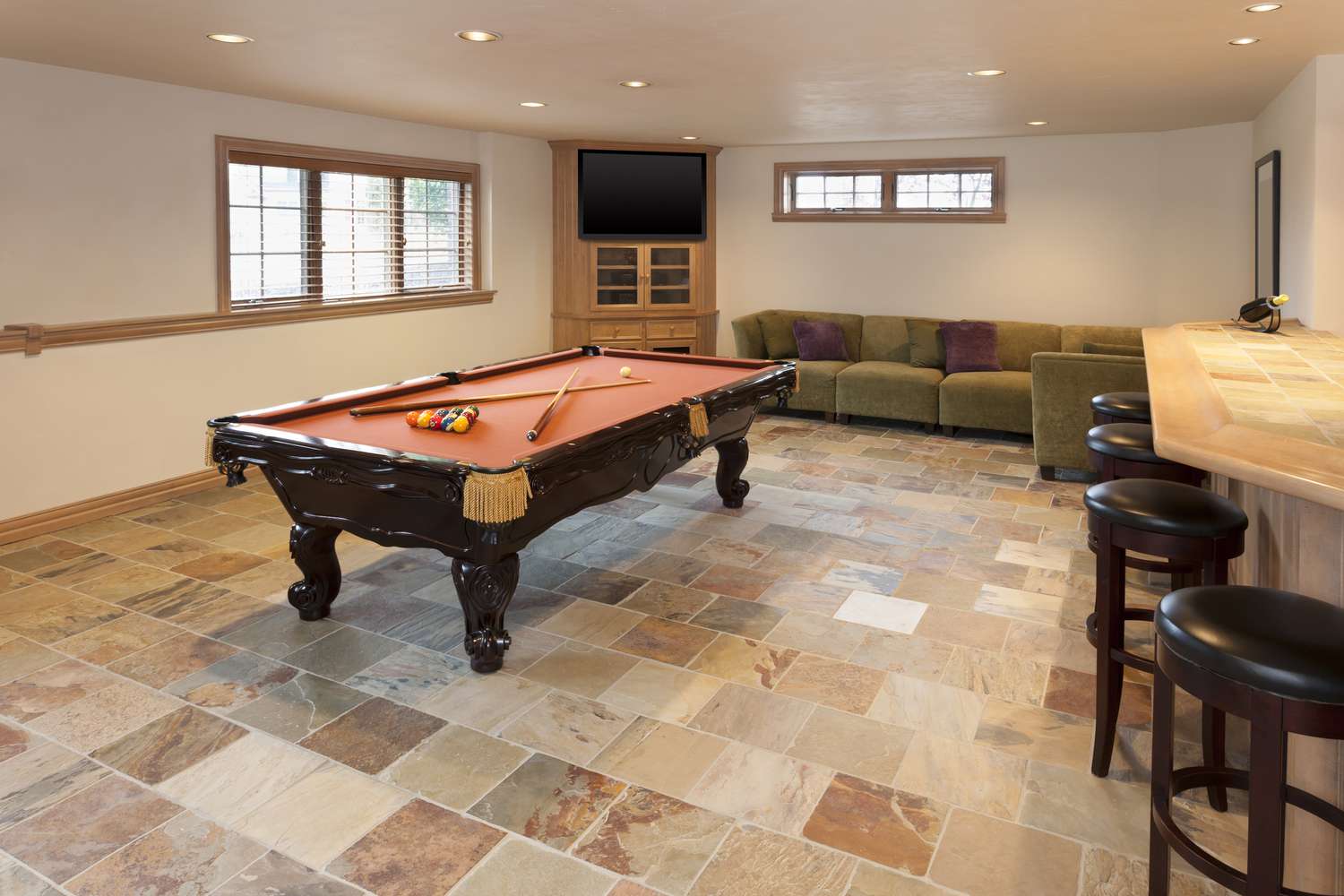
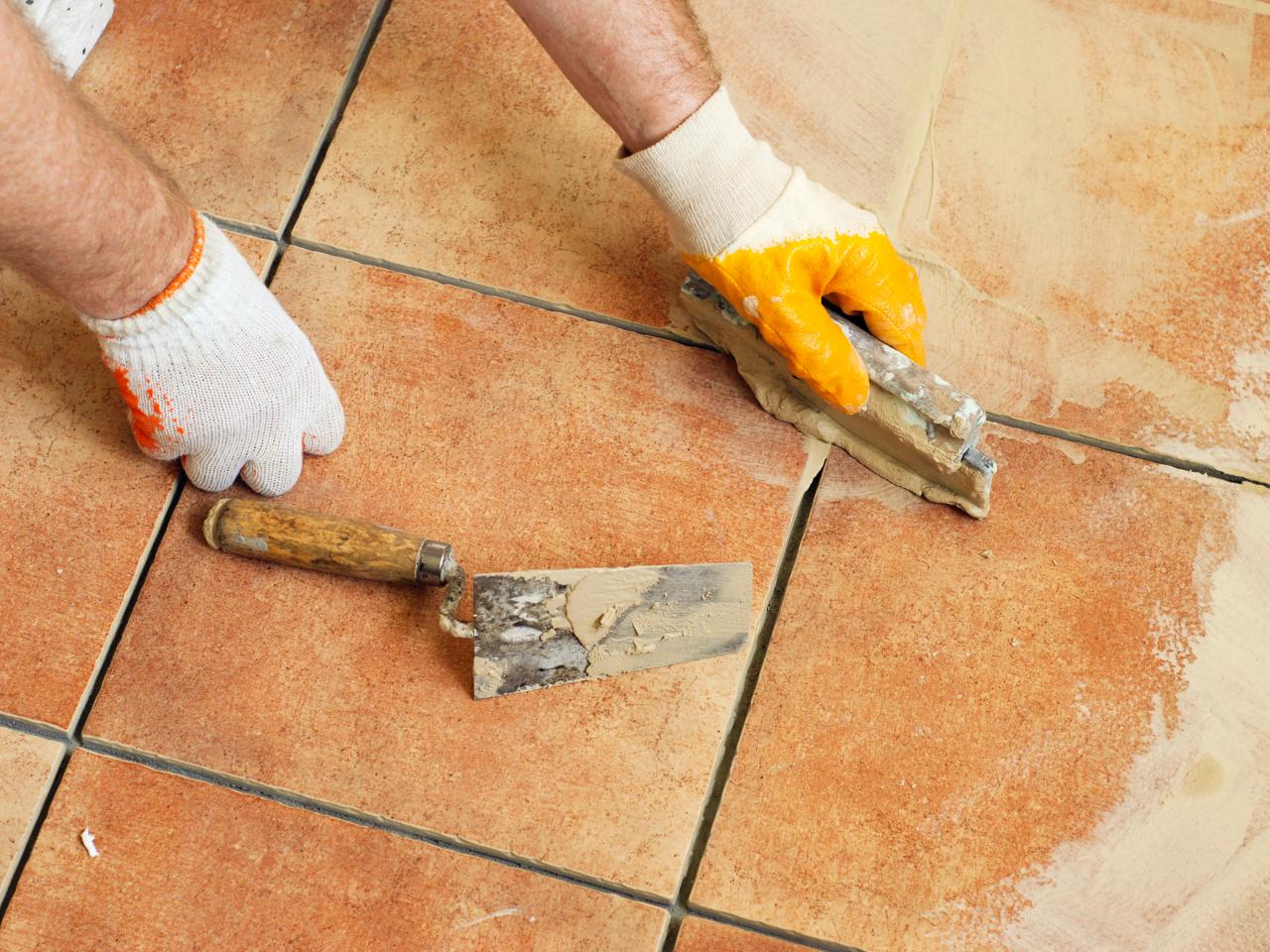
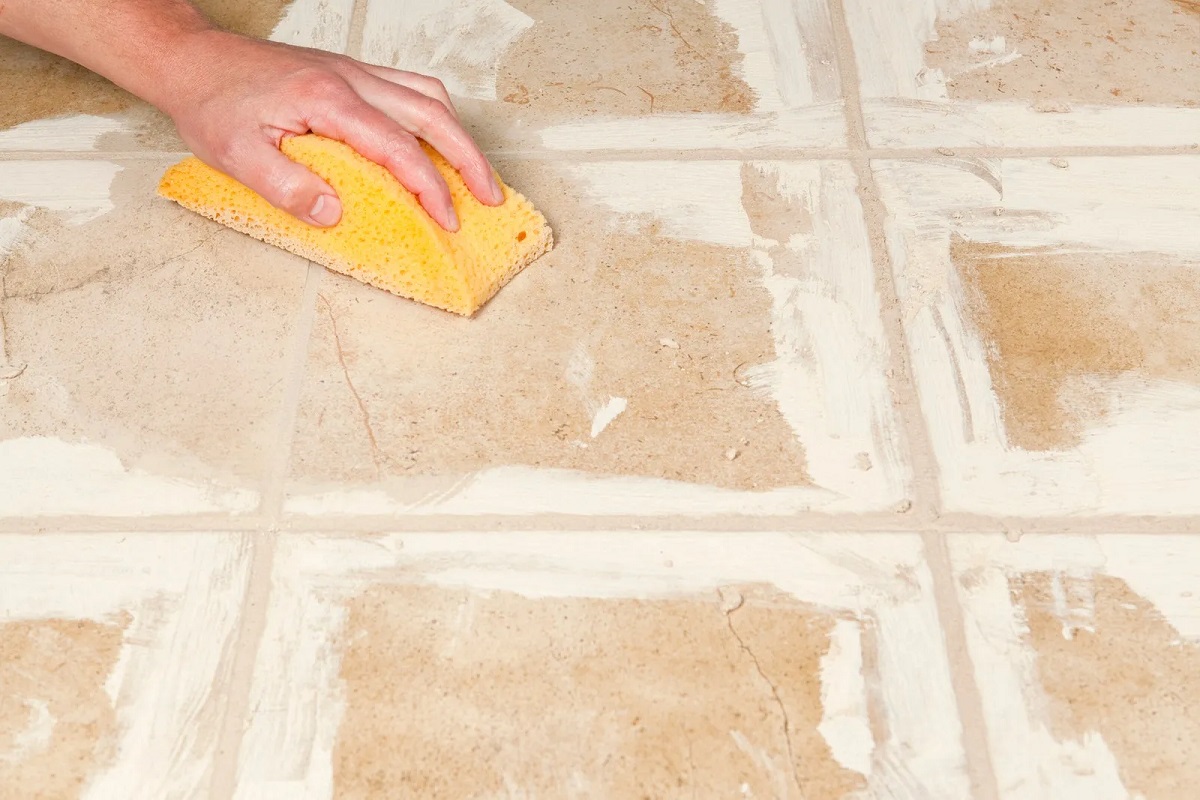

0 thoughts on “How Much To Tile Bathroom Floor”